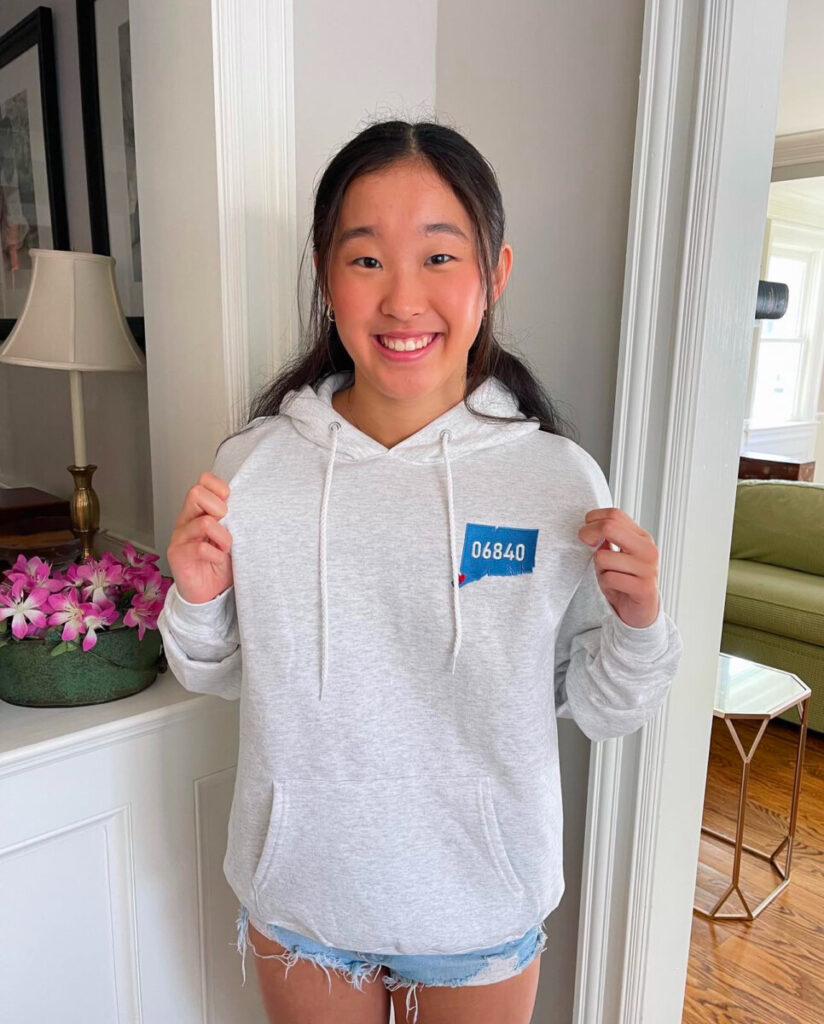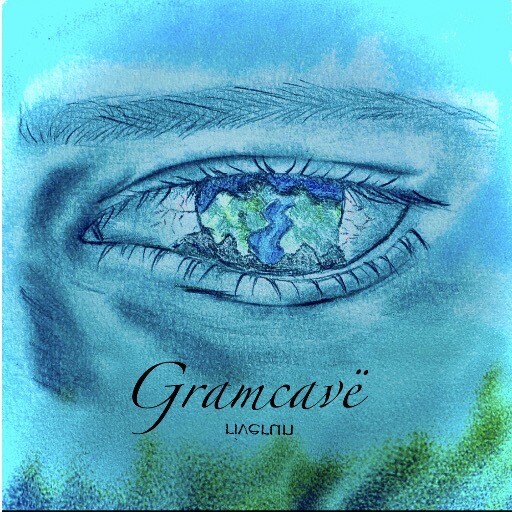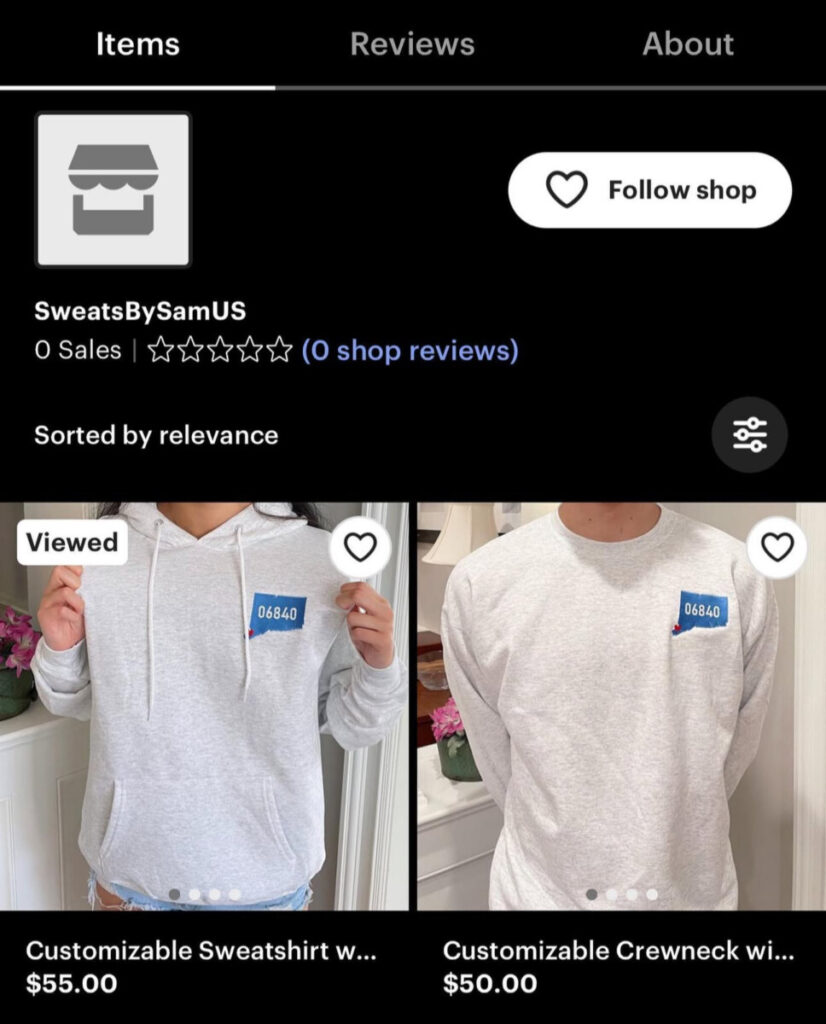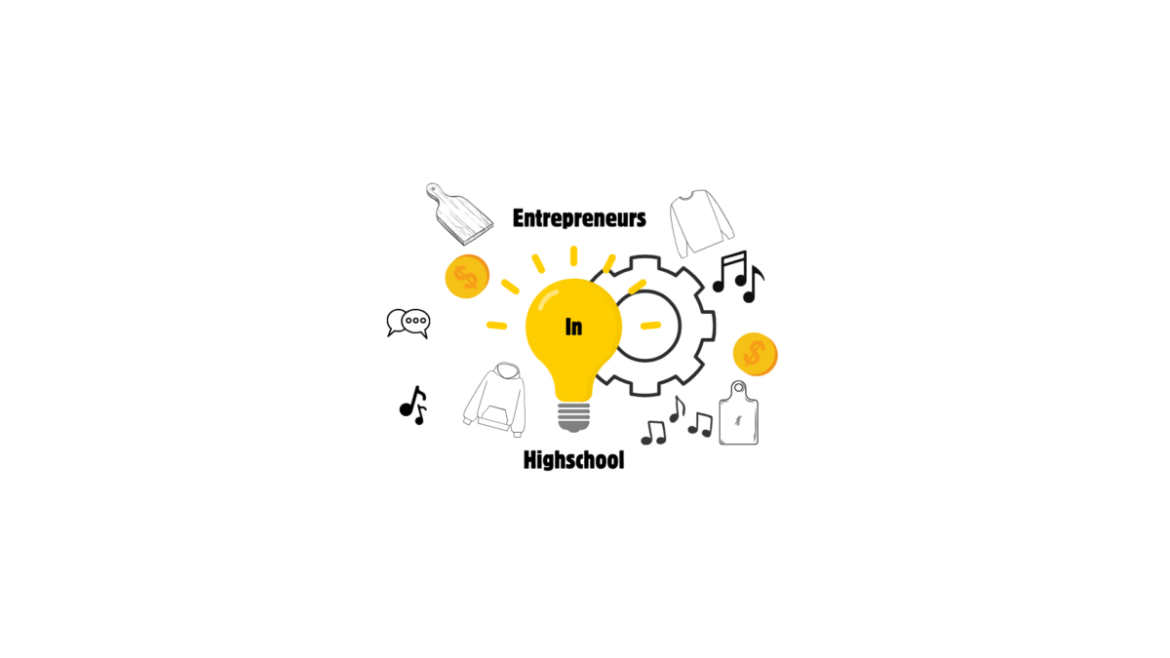Danielle O’Malley, Editor-in-Chief
@domalley_
What’s high school all about? For some, balancing homework, sports practice and hanging out with friends are the utmost important aspects in their young lives. Maybe they pick up a part time job at the mall, work as a host at a local restaurant or babysit on weekends to save a little cash. But for a growing number of teens, it’s also about launching business ventures. Whether it’s designing custom clothing, running a baking side hustle or building apps between classes, high school entrepreneurs prove a diploma is not necessary to achieve big dreams. While their peers clock in to minimum wage jobs, they’re learning the ropes of business ownership and creating opportunities of their own.

Some students have always had a passion for their work. Senior singer/songwriter Graham Butler has been pursuing music from a young age. “My first instrument was the clarinet and then I transitioned to saxophone. As I got older, I started to mess around on my Chrome Book, just making beats and different music and then I started learning guitar. I was self-taught: electric and acoustic,” he said. “I started singing, and then, two years ago, I started recording my music.”
Senior custom sweatshirt maker, Sam Haley, shared a similar sentiment regarding her business, Sweats by Sam. “I’ve always liked fashion and thinking of new ideas, so I came up with an idea to make a zip code sweatshirt that could be personalized depending on where you live,” she said. “I thought it could be a great way to express pride in your hometown and also be a conversation starter.”
However, junior James Bakal – custom cutting board designer – was not always interested in woodworking. It was not until after a class that his passion was sparked. “The whole business started after I did a day camp at the Silvermine Arts Center where we made cutting boards. I thought it was fun,” James said.
Starting a business from the ground up is not an easy task, especially for a high school student. Sam needed help from her parents to get her operation off the ground. “I asked my parents for some help getting set up. I couldn’t do it alone since getting buyers is a lot of it is word of mouth, especially since once someone buys a sweatshirt, it’s like built-in advertising,” she said. “I’ve also gotten my brother and sisters and friends involved in my ambassador program. Since a big part of my target market is college students, getting my sisters and friends to wear my sweatshirts at their colleges gets my sweatshirts more visibility and sales from different zip codes all over the country.”

James also gets some help from his family. “It is 90% a solo operation, but sometimes I do need my sister or my dad to help with something small,” he said.
However, some people are able to manage the craziness that comes with being an entrepreneur completely on their own. “For me, it’s all a solo operation. All the music for my EP I released in September, Fossils in Your Eyes, is recorded all by me,” Graham said. “I had to learn the bass, a little bit of keyboard, drums, so it’s all been multi-instrumental. The recording process took a couple months and I started promoting it in September.”
Advertising to a target audience is a pivotal factor in making sure your business is successful. Sam uses social media and other forms of advertising to promote Sweats by Sam. “I use Instagram, FaceBook and Etsy. I run ads and do testing to finetune my marketing strategy,” she said. “I am definitely learning as I go. Going into this, I originally thought that my target market was high school students, but my ad data showed that a lot of college students and older women click on my ads- some of them are buying for their kids and some for themselves. So I’ve evolved to reach those segments.”
As an artist, Graham aims to use streaming platforms so his music can reach broader scopes in addition to social media. “On Spotify, I’ve submitted my music to playlists. The playlists are important so people can find your music,” he said. “TikTok is also great for finding your niche audience, and on Instagram, you can keep people engaged in a certain way. You want your name to really pop out so everyone can recognize it and until they eventually listen to your song.”

Having the drive to start a personal business is highly important, but so is having a clear process for achieving the final product. James has a specific plan he follows each time he makes a cutting board. “First I like to cut the strips into one inch by one inch squares and then glue them up to any combo I want. I let the glue dry and use the planer to get the excess glue off and down to bare wood on both sides. Then I sand until smooth and add food grade finish on top to finish it off,” James said.
Sam works with a local company to produce her sweatshirts. “I buy the sweatshirts wholesale and then 84 Sports does the embroidery. Once the sweatshirt is embroidered, I drop off the items or mail them out,” she said.
Making profit as an entrepreneur isn’t as easy as it sounds; the business owner’s own money goes into making the product, despite what they make out of it. Graham, who purchased everything for his home studio, spends a lot of money creating his music. “The budget of my studio is probably around 400 to 500 dollars. If you exclude my guitar, which is 700 dollars, usually going into a song and I’m about to release it, the budget is probably about 200 to 300 dollars,” he said. Despite the large cost, he still makes money off streams and other forms of engagement, specifically on Spotify. “The biggest thing for making money is definitely Spotify, it is the most popular streaming service. You can also make money off TikTok, Apple Music and other platforms where people are listening to your song.”
James also makes a decent amount of profit for his work. “I usually put in about 25-35 dollars worth of wood per board, sometimes more or less depending on the size of the board. I sell my projects for 75-110 dollars depending on the wood species used and the size of the board,” he said.

Entrepreneurs make their own hours and determine the amount of work set out for them for the day; in other words, they are their own bosses. “It was a little risky in the beginning because I had to pay for setup costs and buy some sweatshirts upfront without knowing how they were going to sell. But the pressure was off after I broke even and finished paying my parents back,” said Sam. “It’s nice to come up with my own ideas and work on my own time. But it’s also stressful learning and doing things for the first time.”
On the contrary, James finds it more laid back being his own boss. “I would say it’s more carefree being my own boss just for the reason that I am the only employee and the only one doing the work. It is all on me if I make a mistake,” he said.
Being a musician is slightly different; Graham prefers to let the work happen when the ideas come to him rather than forcing it. “A lot of musicians are focused on just practicing and getting really good, but I think it’s important to go out, experience social things and live your life too. My main goal is not just to create really good music and be a really good musician, but it’s to be a good songwriter and to relate to people.”
As a whole, becoming a business owner is a challenging process with many intricacies that need to be considered before beginning. Sam shared her advice for those thinking about becoming entrepreneurs. “I would say if you have an idea and you’re passionate about it, then go for it. And keep at it. Don’t let obstacles get in your way,” she said. “It’s worth it. For me, it’s really rewarding seeing people wearing my product, and that’s a great incentive that keeps me going.”
Graham echoed this idea. “Don’t give up. It’s hard in the beginning. Obviously if you’re not getting the recognition you might feel you deserve, don’t try to change yourself because of that,” he said. “Don’t try to think that you have to apply to a certain audience or you have to conform to some industry standard. Continue to be authentic and eventually people will recognize you.”




